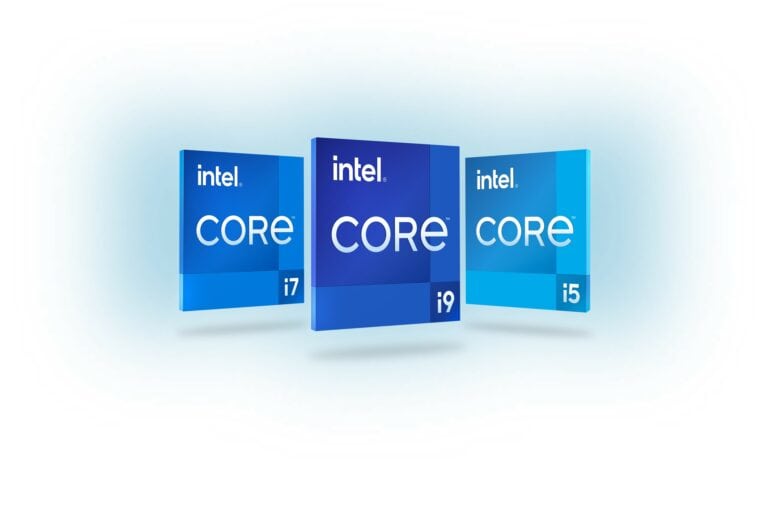Intel presented a number of new processors at CES in Las Vegas. While it announced the debut of the AI PC late last year with its first-generation Core Ultra chips, it is now expanding its 14th-generation Core offerings to feature mobile variants. As a result, the company’s naming scheme is more confusing than ever.
Last year, Intel launched the first Core Ultra chips aimed at laptops. There was a strong emphasis on its AI capabilities, supported by the revolutionary Meteor Lake architecture. Utilizing silicon tiles rather than a monolithic die, it was the first Intel chip to feature an NPU, or Neural Processing Unit. According to CEO Pat Gelsinger, it was the company’s biggest innovation since the introduction of Wi-Fi functionality two decades ago. A “personalized AI PC” awaited, with more than 100 vendors working on applications leveraged the brand-new AI functionality, including the efficient NPU in the Core Ultra chip.
Tip: Intel Core Ultra: the promise of an AI PC personalized to you
14th generation and… 1st generation
Now the focus is temporarily somewhere else entirely. After Intel revamped the Raptor Lake architecture last year with the 14th-generation desktop processors, laptop variants of those now follow. They are explicitly not intended to act as AI PCs: the new NPU is missing in action and customers interested in AI are referred to Core Ultra. Thus, anyone skeptical of AI features at this juncture should go for generation 14; those who want to dive straight into AI apps, may opt for generation 1.
Specifically, Gen 14 chips are aimed at “both enthusiasts and mainstream PC users,” said Roger Chandler, Intel VP & GM, Enthusiast PC & Workstations, Client Computing Group. With the Core i9 14900HX, there is a new high-end chip for laptop users. In it are 8 p-cores and 16 e-cores, with the former achieving a maximum boost frequency of 5.8 GHz. Multitasking performance is said to be up to 51 percent higher than competitor AMD, with Intel specifically comparing its offering to the AMD Ryzen 9 7945X.
So in terms of use cases, the Intel story on laptops becomes a lot more complex than before. Every user and organization should ask themselves whether they already believe in the AI PC at this early stage, without a well-established base of AI apps at this point. It seems that Intel does not want to depend entirely on these early AI adopters after all, especially in performance-critical situations. Since the single-core performance of the “1st generation” Core Ultra chips is inferior to that of the now replaced 13th generation processors, this new offering is needed to do offer a significant improvement on that front.
18 new processors on desktop
In addition to the new laptop offerings, Intel also unveiled a treasure trove of new desktop processors. These are chips without the familiar K suffix that means the chip can be overclocked (although in practice, it means that it’s higher-clocked out of the box as well). For example, there was already the i9 14900K ($589), which is now joined by a lower-clocked 14900 ($549). European pricing will still have to become clear, which tends to be a bit higher than the dollar amounts would suggest. For example, the 14900K currently costs more than 600 euros if purchased from an online seller.
Furthermore, 14th generation T processors are now available, intended for systems that have limited cooling options. Examples include NUCs and mini-PCs, where power consumption needs to be as small as possible. The new chips have all been listed at AnandTech. The T-chips have a power budget of up to 65 watts or 35 watts.
Also read: The AI PC as envisioned by Dell: useful, proactive and enigmatic
